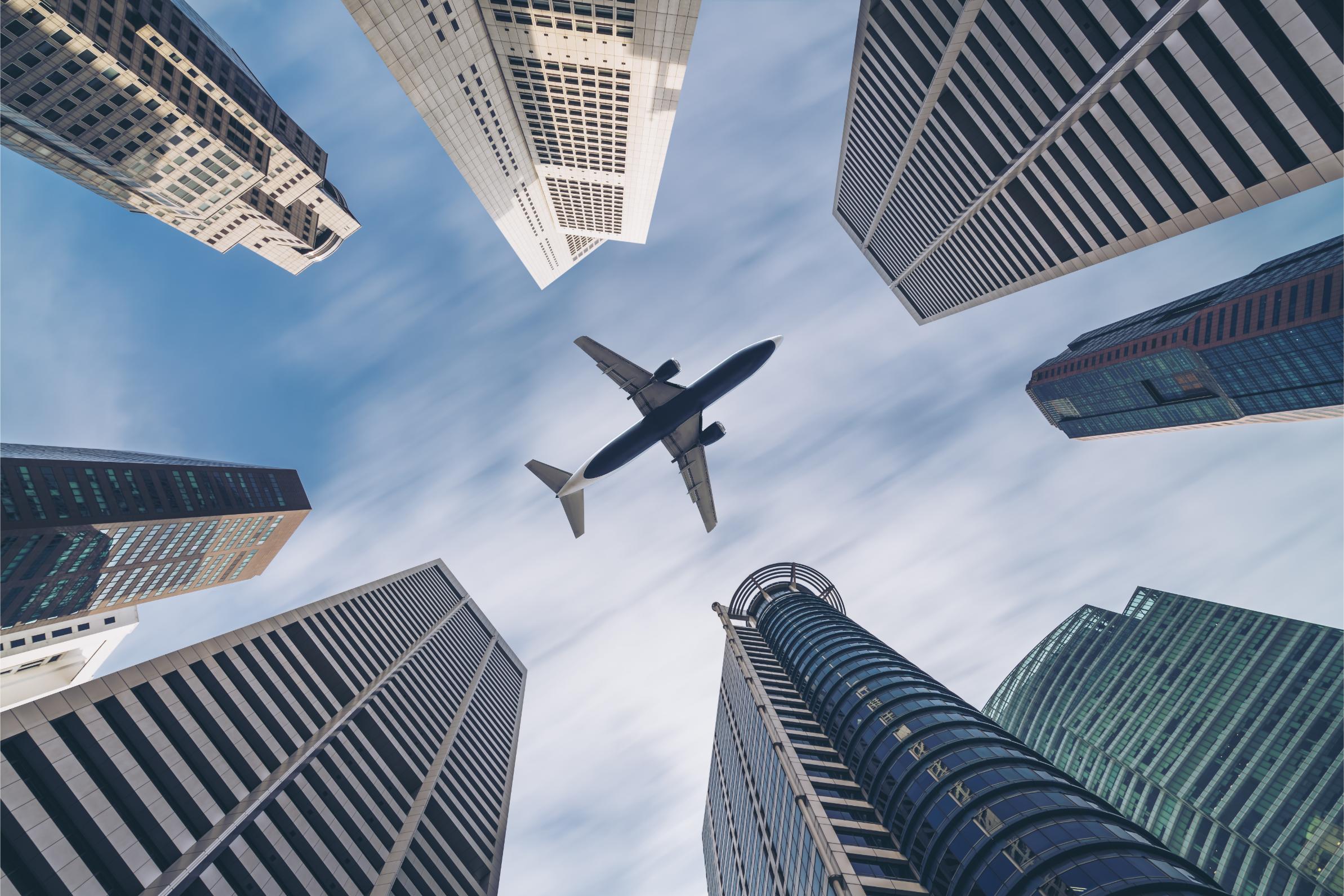The great merge of business and leisure travel has created a new trend that looks like it’s here to stay – bleisure travel. The concept of Bleisure, as the name implies, is a blend of business and leisure travel. This usually consists of a business journey being extended (either before or after the business dates) or trips taken with friends and family. The concept has gained significant attention since 2020, and it’s not hard to see why. In fact, according to an Expedia Group survey, a remarkable 60% of business trips have been extended for leisure purposes.
The new look of bleisure-travel
But is this a passing fad? It doesn’t look like it. Since the end of the pandemic, there’s been a lot of speculation about the future of travelling for work. But according to the latest figures from GBTA, business travel spending will surpass the pre-pandemic level in 2024.
What is interesting is that many companies are facing a new set of personalisation needs to get employees on the road – and that is because most of them are now accustomed to the flexibility and comfort of working from home. So when they travel now, they are seeking the same balance of flexibility and personal time as they do in their daily life.
For some, this means more R&R time; for others, it may include taking a spouse or family along. Regardless of what this looks like, the most successful companies balance employee wellness and cost savings. Companies will have to prioritise employee wellness and adapt their travel policies to support bleisure travel to remain competitive and attract top talent.
Incorporating bleisure travel into your travel policy
By incorporating bleisure travel into your travel policy, you can attract and keep talent, boost employee engagement, and potentially save costs. This guide will help you navigate the process and create a successful bleisure program.
1: Define Your Goals and Objectives: Consider the potential benefits and risks of bleisure travel for your company. For example, factors like employee burnout, the potential for distractions, and increased travel expenses. Then what do you want to achieve? Do you want to improve employee morale, attract talent or increase productivity? Defining clear goals will guide your policy development.
2: Establish Guidelines: Set clear parameters for bleisure extensions. Define the maximum duration of extensions, acceptable activities, and approval processes. Clarify employee responsibilities around expectations for work availability, communication, etc.
Communicate Effectively: Inform employees about the bleisure program and clearly communicate the policy, guidelines, and expectations in writing.
3: Track bleisure travel trends: Partner with travel providers like Rennies BCD Travel, who offer bleisure packages and resources to enhance the experience for your employees. Monitor participation rates, employee satisfaction, and cost implications to evaluate the program’s effectiveness. Regularly review your policy and update it based on feedback, data, and evolving trends in bleisure travel.
By implementing these steps and continuously seeking feedback and improvement, you can create a successful bleisure program that enhances employee well-being, increases engagement, and ultimately contributes to your company’s success. Happy travels and happy employees!




